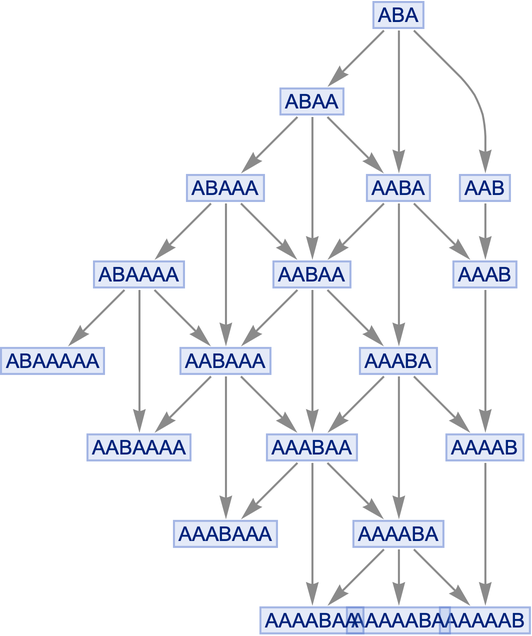

The application of small unmanned aerial systems for precision agriculture: A review. Intelligent Automation and Soft Computing, 18(8), 1043–1052. The application of unmanned aerial vehicle remote sensing in quickly monitoring crop pests. Remote Sensing of Environment, 236, 111402. Remote sensing for agricultural applications: A meta-review. UAV-assisted dynamic clustering of wireless sensor networks for crop health monitoring. Computers and Electronics in Agriculture, 103, 104–113. Multi-temporal mapping of the vegetation fraction in early-season wheat fields using images from UAV. Power-draw prediction by random forest based on operating parameters for an industrial ball mill. Tohry, A., Chehreh Chelgani, S., Matin, S. Natural Resources Conservation Service, United States Department of Agriculture. Water balance creates a threshold in soil pH at the global scale. Twenty five years of remote sensing in precision agriculture: Key advances and remaining knowledge gaps. International Journal of Agricultural and Biological Engineering, 10(5), 1–13. Multi-temporal monitoring of wheat growth by using images from satellite and unmanned aerial vehicle. Mengmeng, D., Noboru, N., Atsushi, I., & Yukinori, S. International Journal of Remote Sensing: Unmanned aerial vehicles for environmental applications, 38(8–10), 2117–2134. Quantitative modelling for leaf nitrogen content of winter wheat using UAV-based hyperspectral data. Classification and Regression by randomForest. Soil acidification in the semiarid regions of North America’s Great Plains. In Jones & Olson-Rutz (Eds.), Montana fertilizer eFacts. Soil acidification: An emerging problem in MT. Jones, C., Engel, R., Ewing, S., Miller, P., Olson-Rutz, K., & Powell, S. Elmholt (Eds.), Managing soil quality: Challenges in modern agriculture (pp. University of Auckland, R Foundation for Statistical Computing. (2012) A language and environment for statistical computing. International Journal of Agricultural and Biological Engineering, 6(3), 1–10. Development and prospect of unmanned aerial vehicle technologies for agricultural production management. Soil fertility and fertilizers (8th ed.). Soil acidification and the importance of liming agricultural soils with particular reference to the United Kingdom. Soil acidity limits wheat yield in dryland regions of the Inland Pacific Northwest. Transactions of the American Society of Agricultural Engineers, 37(5), 1499–1507. Spatially variable liming rates: A method for determination. Soil acidification and liming interactions with nutrient and heavy metal transformation and bioavailability. Geospatial modelling environment: Spatial ecology. American Society of Agronomy Inc.īartoń, K. The methodology put forth by this study would enable land managers to easily identify and hence, remediate acidic soils in a more cost-efficient and timely manner.īarber, S. This study helps to fill a knowledge gap by bridging UAS-derived observations of NDVI with field-derived measurements of soil pH to identify areas of soil acidity. The random forest model predicted soil pH with reasonable accuracy (RMSE = 0.72). The linear regression models indicated that most of the variation in early-season NDVI was attributed to differences in soil pH and soil organic matter, whereas variation in later-season NDVI was less related to soil pH. In addition to 12 dates of spectral observations across a growing season, field measurements of soil pH and other soil attributes were collected to analyze their relationship with the normalized difference vegetation index (NDVI) using linear regression models, and to spatially predict soil pH across the field using a random forest model. UAS provide a means to collect fine-scale, multi-spectral imagery at user-defined intervals for an area of interest-in this case, a 22 ha spring wheat field in southwestern Montana. This study tests a relatively new approach for identifying areas of acidic soils using imagery derived from UAS (unmanned aerial systems). Acidic soils have the potential to reduce crop yield, but methods to identify and remediate acidic soils are costly and time-intensive. In the state of Montana, USA, soil pH levels below 5.5 have been documented in nearly half of the counties. Soil acidification is a growing problem in semi-arid agroecosystems.


 0 kommentar(er)
0 kommentar(er)
